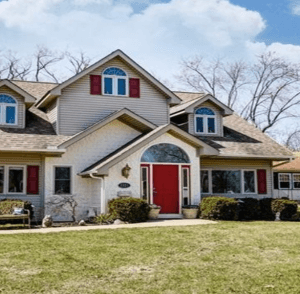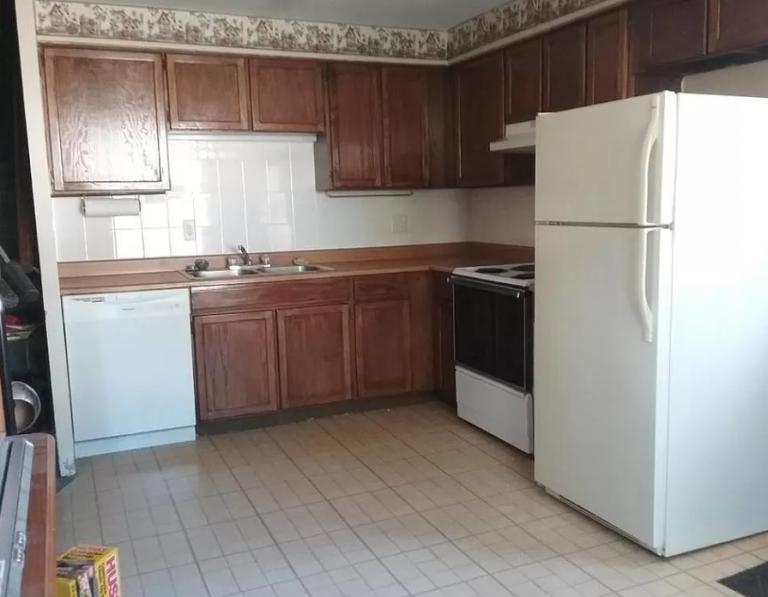Target Market: Step Two On the Journey
Previously, we looked at the asset class we wanted to specialize in for our first BRRRR. Now, it is time to choose a target market. These two piece create a profile of the type of renter you want to see living in your property. As such, you need to know who they are and where they want to live.
Target Market: Who Are Your Renters
The first target market I want to talk about is often overlooked at first. Usually people focus on geography, when they should first focus on the type of renters you want. Knowing this will better help you choose the geography. There are different qualities of neighborhoods and renter to choose from. The neighborhoods are classified using an A-D grading scale. These type of neighborhoods tend to attract A-D rated renters as well.
Class A Neighborhoods
Class A neighborhoods tend to be the newer neighborhoods that are usually on the highest price point. These neighborhoods have the highest rents, but also come with the highest mortgages. New investors tend to shy away from these neighborhoods because one month of vacancy can have a larger impact on personal finances. The good thing about these neighborhoods is the tenants tend to have the most care for the home. There is usually low crime rates, more owner-occupied neighborhoods, so renters tend to show pride and care. The downside is because the renters are paying top dollar for the house, they’re more likely to speak up if there is even the smallest issue.

Class B Neighborhoods
Class B neighborhoods typically consist working class individuals. These can be teachers, emergency responders, nurses, etc. These neighborhoods tend to be slightly older with average finishes in the home. As an investor, more should be kept aside for maintenance as most of the systems are coming to the end of their service life. Renters in these neighborhoods also take care of the homes and are less likely to call on problems than Class A renters. The rents are lower, but so is the mortgage. This is market most investors seek.

Class C Neighborhoods
Class C neighborhoods are made up mainly of labor workers in industries like construction or hospitality. These neighborhoods are the same age as Class B neighborhoods or older. The renters are medium to low income wage earners and do not necessarily take the highest pride in their home. The house tends to have lower quality finishes, reside in higher non-violent crime areas, and are nested around low quality businesses and schools. These neighborhoods usually look great on paper for cash-flow, but tend to have higher maintenance costs, turnover rates, and more headaches. If the cash-flow makes sense with a property manager, higher one for sure.

Class D Neighborhoods
Class D neighborhoods are what you might find on movies like Friday or Straight Outta Compton. These neighborhoods have high crime, low incomes, and run down properties. Renters, and owners alike in these neighborhoods have little to no pride in their homes. Additionally, the amount of maintenance calls for the smallest things will rival or surpass Class A neighborhoods. Unless you perform a full overhaul on the properties, you’re likely going to have consistent capital expense maintenance calls.
Tenant/Neighborhood Correlation
The class of the neighborhood tends to attract tenants of equal caliber. For example, if you are in a Class C neighborhood, you’re likely to get a Class C renter. That being said, if you were to place Class A finishes in a Class C neighborhood house, you’re not going to get a Class A renter. A good rule is to average the neighborhood and finishes. If you are in a Class C neighborhood with Class A finishes, you might get a Class B renter. As such, the rent for the property needs to reflect that. But, keep in mind, you might still only receive Class C applicants, or no applicants if the rent is too high for the neighborhood.
Target Market: Location, Location, Location
Once you have decided on the neighborhood class you want to specialize in, the next thing to do is find the locale. Much of this comes down to personal preference initially. Perhaps, you’re only looking within the region you reside. If you’re choosing Class B, then you’ll likely have a decent list of neighborhoods. If you’re looking further out, maybe out of state, then the list gets significantly longer.
Choosing a State
If you’re staying local, then this section is not for you. For the rest of us, choosing a state is important because each state has different costs of living, property taxes, and local rules. Places like California are so expensive that you can feel like you’re buying a Class A property because of the cost, but find out it’s a Class D neighborhood. The midwest is famous for having low cost of living, property taxes, and housing prices. The rents also tend to be higher than the average mortgage. However, the appreciation on these properties are much slower, and insurance prices are higher because of the extreme weather.
City vs. Rural
This is another piece to the puzzle to consider. Some cities in states are well known, but the size may not be understood. Des Moines, Iowa is a large city for Iowa, but compared to Los Angeles, it might as well be a one stoplight town. You may find a property in the state you want that fits your budget, but is outside the city limits, so you have to rely on a septic system. With cities, not all are created equal. Some cities are known for having majority Class D neighborhoods, so finding something Class A is almost impossible.
Our Target Market
First, we chose the single family house as our asset class. Next, we decided we were going to look at Class B neighborhoods. We our target market consisted of higher end blue collar workers. These type of renters take pride in their home and are likely to do minor fixes themselves.
When looking for the neighborhoods, we looked in three states: Ohio, Indiana, and Michigan. The primary reason was the knowledge of the area and the mentality of the people. Most consider renting a house just the way of life, even if they could afford to buy. We finalized on Ohio, just outside of Cleveland.
Next Step
The next step to this process is to find a realtor in the area we wanted. Since we have already discussed the importance of a realtor, and why they’re part of your Core Four, I’m not going to include that on this journey. After securing a phenomenal realtor, we started analyzing deals on properties in the MLS.
Disclaimer
Once again, I am not a financial advisor. These tips are some things I have validated with my own personal experiences. If you feel you need more personal advice, please consult a professional financial advisor. Dont forget to check out the Book List for published authors on this topic!




